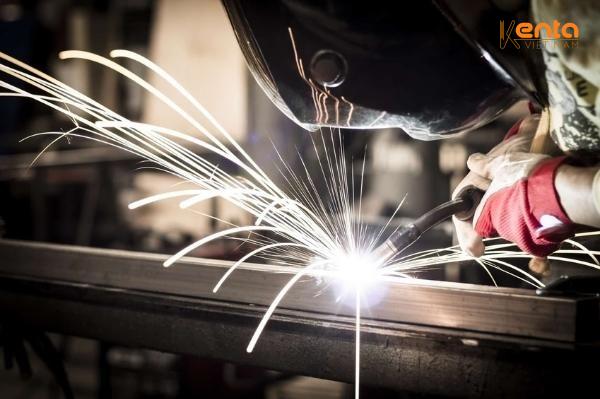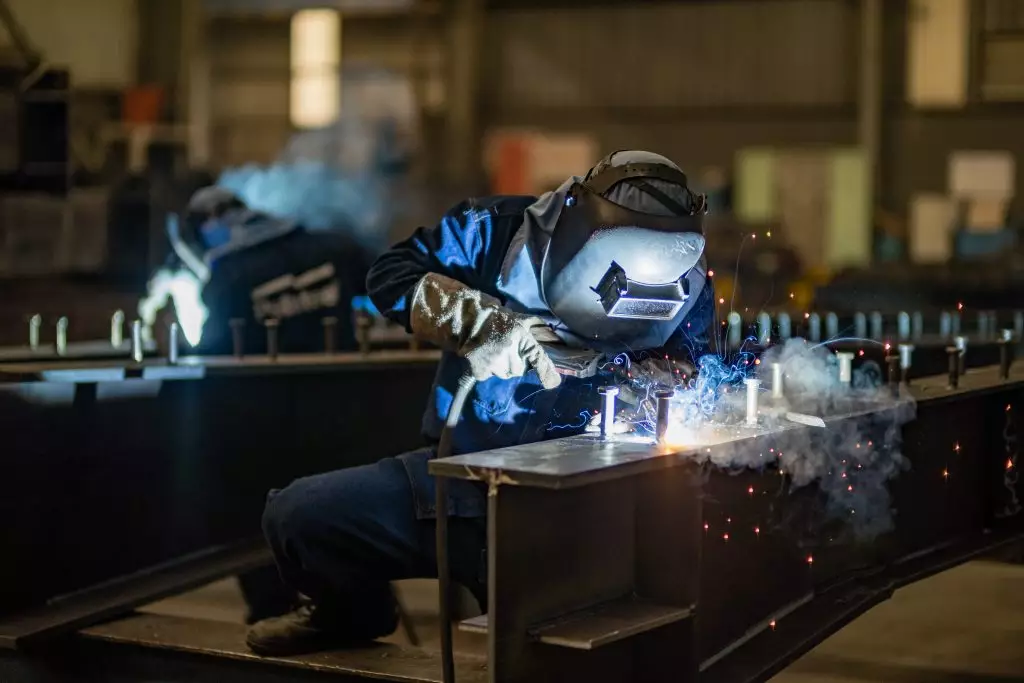Knowledge, Technology
Effective and Accurate Bimetal Material Welding Methods in Industrial Production
In modern production environments, the application of bimetal materials is becoming increasingly common due to their ability to combine the superior properties of two different metals. However, to maximize the effectiveness of this type of material, proper welding techniques are essential. So, what is the correct and safe way to weld bimetal materials? The following article will give you a clearer view of the process, important considerations, and solutions from reputable companies like Kenta Vietnam.
Bimetal Materials and Characteristics in Welding
Bimetal materials are a combination of two different metals, usually chosen to optimize both mechanical properties and cost. One layer typically serves as an electrical or thermal conductor, while the other provides strength or corrosion resistance. This creates a significant challenge in welding techniques, as the differences in thermal and physical properties between the two metals can lead to issues such as cracking, porosity, or weak weld joints.

In practice, mastering how to weld bimetal materials requires not only knowledge of the metal characteristics but also experience in selecting suitable filler materials, equipment, and welding parameters.
Suitable Welding Techniques and Methods
The choice of welding method depends on the types of materials being joined. Common methods such as TIG welding, MIG welding, friction welding, or explosion welding can be applied depending on thickness, usage purpose, and metal properties.
One key point in bimetal welding is adjusting the current, welding speed, and temperature to prevent localized burning or material deformation. Especially with metals that have significantly different melting points, it is necessary to use intermediate welding rods or wires that can effectively bond both metal layers.
Cleaning the surface and using appropriate shielding gases also play an important role in minimizing oxidation or forming defects on the weld. Without good control over these factors, the weld quality can be seriously compromised.
Challenges in Bimetal Welding
Although offering many benefits, welding bimetal materials is not simple. The difference in thermal expansion coefficients between the two metal layers can cause residual stresses after welding, resulting in warping or cracking.

Additionally, varying heat conduction abilities cause one side to melt faster than the other, requiring welders to have high skills and know how to adjust welding speed properly to avoid damaging the substrate structure. Besides, using the wrong filler material or selecting an incorrect shielding gas can lead to weak welds that corrode quickly during practical use.
Efficient Production Starts with Proper Techniques
Welding bimetal materials is a process that demands skill, knowledge, and meticulous attention in every step. When done correctly, businesses can fully leverage the benefits this material offers—from high durability and low cost to versatile applications in many fields.
If you need in-depth technical support or are looking for a quality supplier of bimetal materials, Kenta VietNam is always ready to accompany you. We believe that efficient production starts with the right material choices and techniques.



















